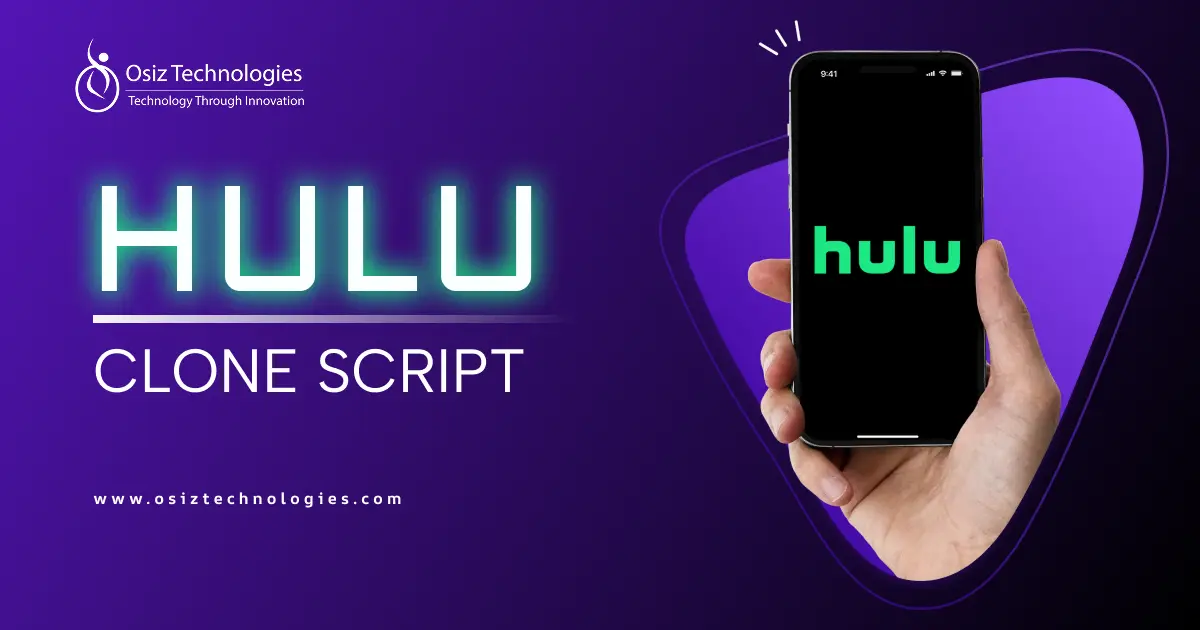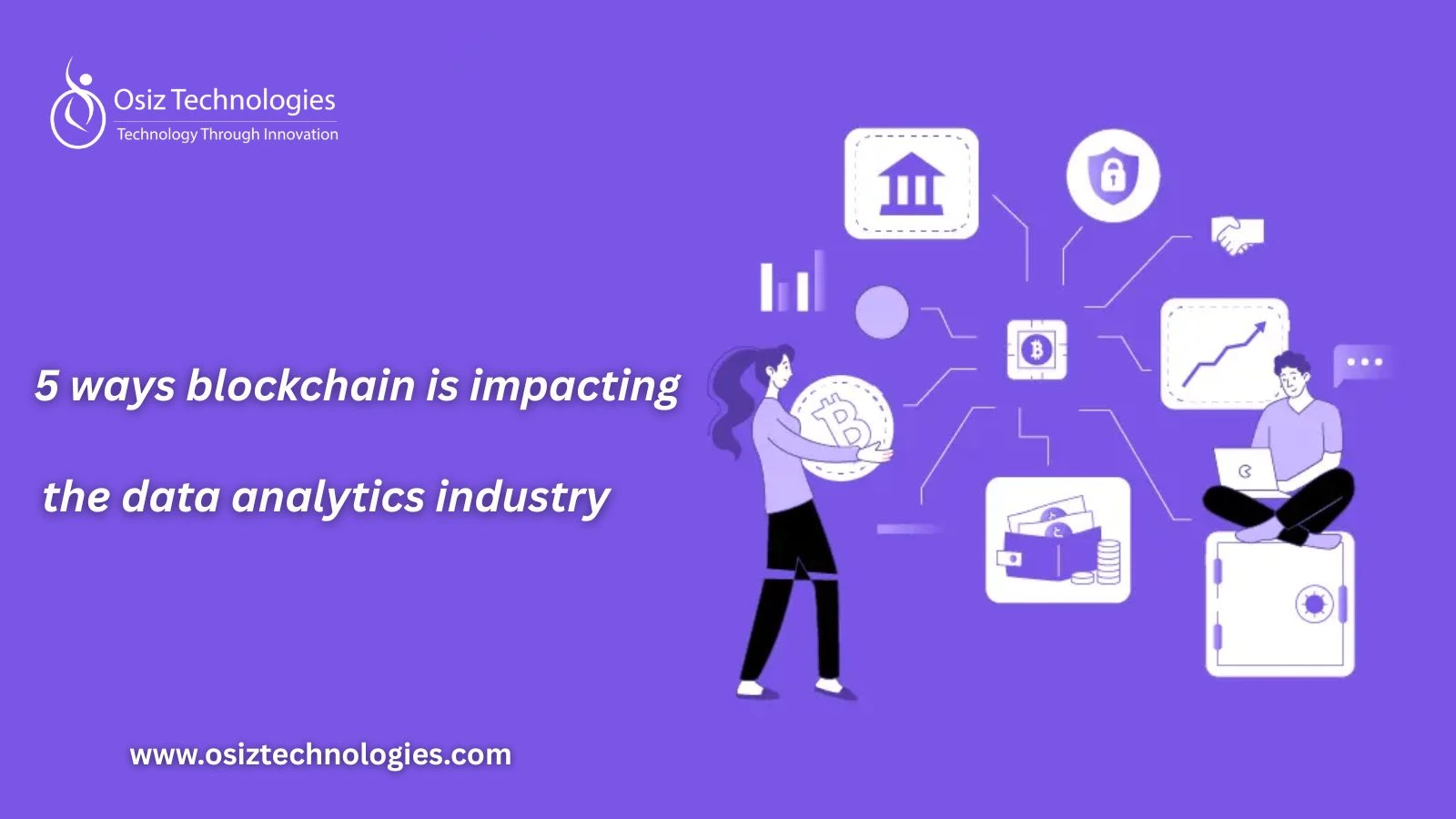Transform your legacy applications into agile, cloud-native solutions that drive innovation and business growth while reducing operational costs and technical debt.
What is Application Modernization?
Application modernization is the activity of transforming old software systems and programs to contemporary computing methodologies. It entails porting, rewriting, or converting legacy applications to conform to present business requirements using new features, technologies, and structures while maintaining the worthwhile data and business logic of source systems.
Our Application Modernization Services
Legacy Application Assessment & Analysis
Our experts conduct comprehensive evaluations of your existing application portfolio to identify modernization candidates, assess technical debt, and develop a strategic roadmap tailored to your business objectives.
Cloud Migration & Deployment
We transform your on-premises applications for cloud environments, implementing the right migration strategy rehosting, replatforming, or refactoring to maximize cloud benefits while ensuring business continuity.
Monolith to Microservices Transformation
Our specialists decompose large monolithic applications into independently deployable microservices, enhancing scalability, enabling faster deployments, and improving fault isolation across your application ecosystem.
API Integration & Development
We design and implement robust APIs to connect your modernized applications with existing systems and third-party services, creating a seamless digital ecosystem that supports your business processes.
UI/UX Modernization
Our design experts revitalize outdated interfaces with responsive, intuitive designs that enhance user experience across devices, increasing productivity and satisfaction for both customers and employees.
Database Modernization
We transform legacy databases to modern architectures, implementing cloud-native database solutions, NoSQL alternatives, or data lakes to improve performance, scalability, and data accessibility.
DevOps Implementation
Our team establishes automated CI/CD pipelines, infrastructure as code, and monitoring solutions to streamline development workflows and empower your team to deploy updates quickly and reliably.
Benefits of Our Application Modernization Services
Enhanced Business Agility
Modernized applications rapidly adjust to shifting marketplace needs and customer requirements so your business can capitalize on new opportunities and counter-attack on competitors more rapidly.
Reduced Operational Costs
New applications are less demanding and consume resources more effectively, leading to considerable decreases in hosting costs, support expenses, and unplanned downtime.
Improved Security Posture
New applications contain the most advanced security frameworks and compliance controls, safeguarding your sensitive information against new threats and minimizing exposure to exploits.
Better Customer Experience
Intuitive, responsive interfaces and improved performance provide a superior customer experience, boosting satisfaction ratings and building loyalty to your digital services.
Increased Scalability
Cloud-native architectures allow your applications to scale on demand, handling usage spikes effortlessly while maintaining consistent performance during peak business periods.
Future-Ready Infrastructure
Modernized applications leverage cutting-edge technologies and frameworks, positioning your business for easy integration with emerging technologies like AI, IoT, and machine learning.
Our Application Modernization Process
Discovery & Assessment - Evaluate current systems, identify pain points, and define modernization objectives
Strategy Development - Create prioritized roadmap with appropriate modernization approaches for each application
Architectural Design - Develop future-state architecture leveraging cloud-native principles and modern frameworks
Iterative Implementation - Execute modernization in planned sprints with continuous feedback and testing
Knowledge Transfer - Train teams on new systems and provide comprehensive documentation
Continuous Optimization - Monitor performance and implement enhancements based on evolving business needs
Industries We Serve
- Financial Services
- Healthcare
- Manufacturing
- Retail
- Insurance
- Transportation & Logistics
- Education
- Government
- Telecommunications
- Energy & Utilities
Why Choose Osiz for Application Modernization?
Modernizing legacy applications is key to driving business agility and innovation. At leading Software development company Osiz, we deliver future-ready solutions with minimal disruption and maximum efficiency.
Proven Expertise - Over a decade of experience in transforming legacy applications for global clients
Technology Agnostic - Customized solutions using the best-fit technologies rather than forcing one-size-fits-all approaches
Business-First Approach - Focus on delivering tangible business outcomes, not just technical upgrades
Seamless Transition - Methodologies that minimize disruption through parallel implementation and phased cutover
Comprehensive Support - End-to-end services from assessment through implementation and ongoing optimization
Global Talent Pool - Access to specialized modernization experts across development, cloud, security, and UX domains
Listen To The Article
Recent Blogs

Black Friday 30%
Offer












